
Working in the workshop of Rubens, Van Dijk has learned so well to imitate the manner of the teacher that modern researchers often can not determine which elements in the painting are written by Rubens himself, and which van Dyck.
One of the most important works of Rubens at the time when his assistant was van Dyck was a series of eight paintings for large tapestries, which, according to the order of the Genoese nobleman, depicted the story of one of the ancient Roman heroes.
Such paintings, painted by oil in full size, were called “cardboards”, later weavers worked on them. In one of the letters Rubens announces these “cardboards” his works, but in some other sources of the XVII century, the author of the same “cardboard” named van Dyck.
Today it is customary to assume that this work was carried out by Rubens and van Dyck jointly. But to determine which fragment is written by Rubens, and which van Dyck, is very difficult, as in the case of some other canvases. For example, art critics believe that the composition of the painting “Triumph Silenus” is composed by Rubens, and the figures are written by van Dyck.
 Samson and Dalilah by Anthony Van Dyck
Samson and Dalilah by Anthony Van Dyck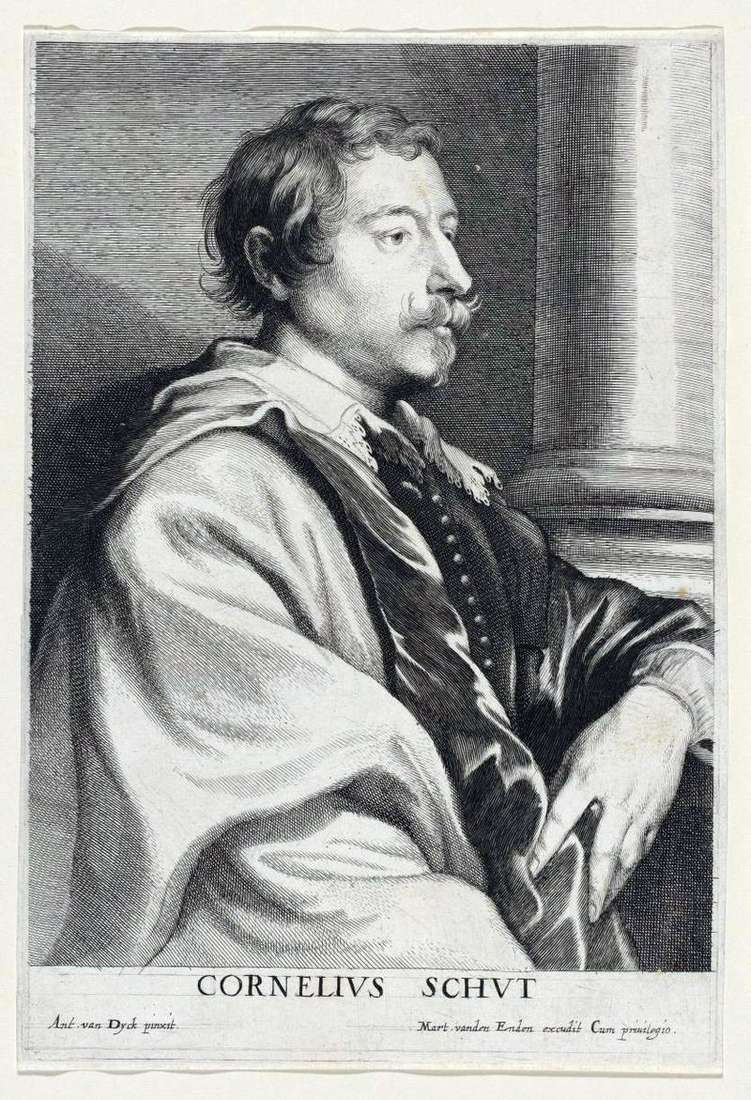 Portrait of Cornelis Shata by Anthony Van Dyck
Portrait of Cornelis Shata by Anthony Van Dyck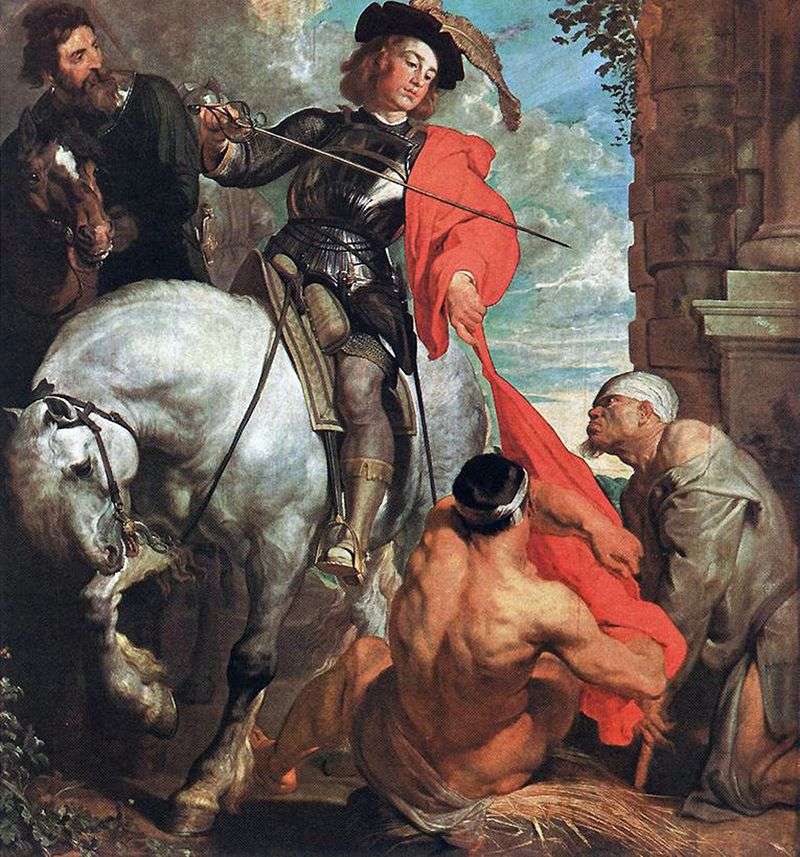 St. Martin and the Paupers by Anthony Van Dyck
St. Martin and the Paupers by Anthony Van Dyck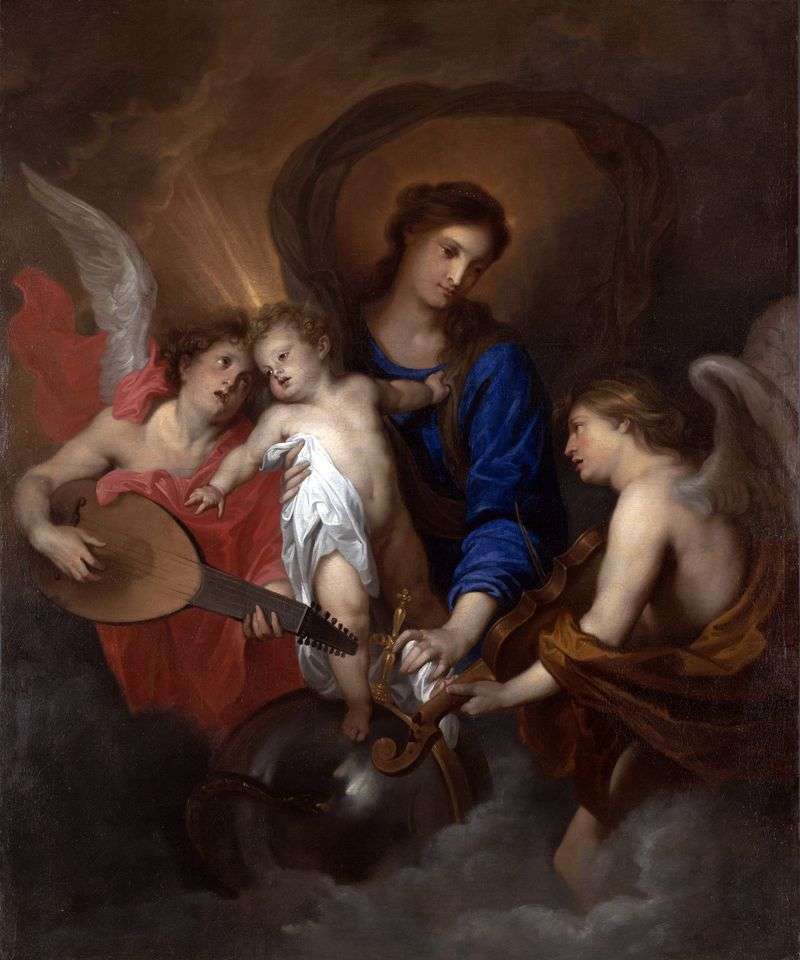 Madonna with Child and Angels by Anthony Van Dyck
Madonna with Child and Angels by Anthony Van Dyck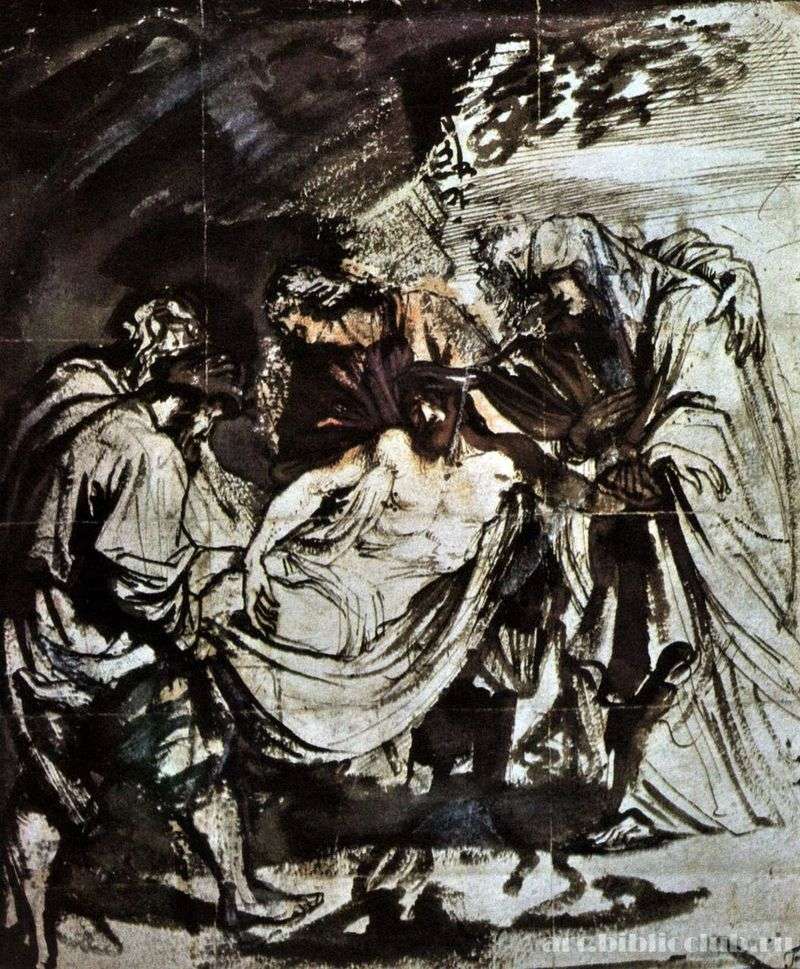 The situation in the coffin by Anthony Van Dyck
The situation in the coffin by Anthony Van Dyck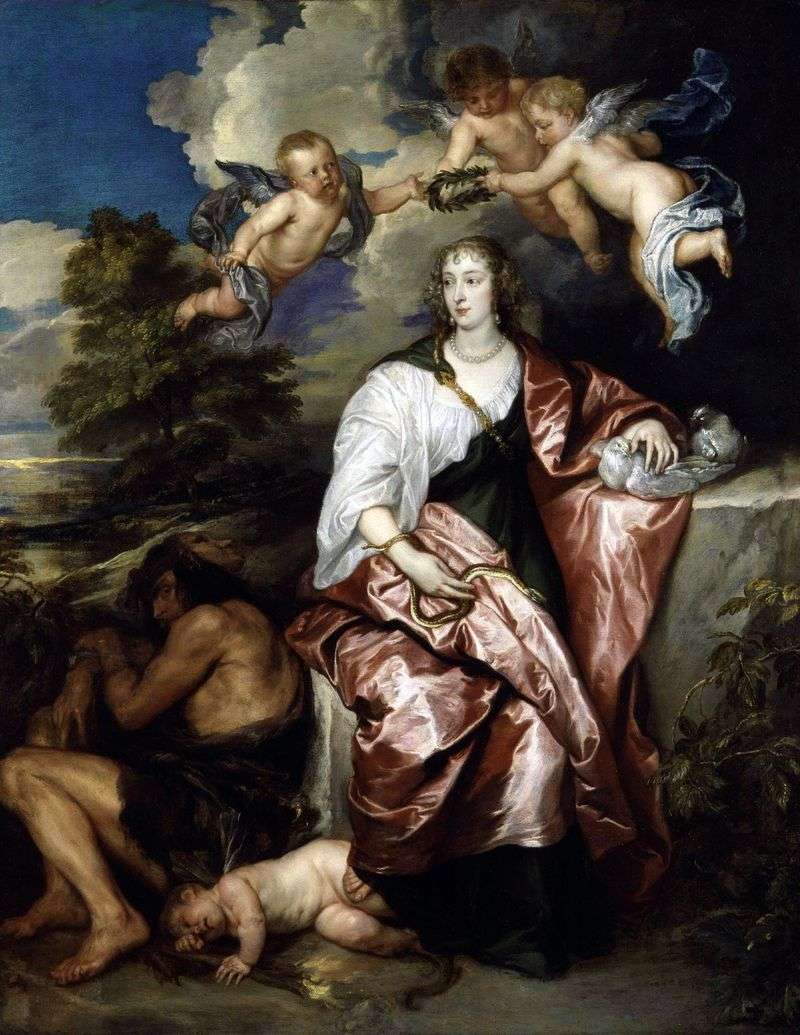 Portrait of the Lady of Venice Digby, personifying Prudence by Anthony Van Dyck
Portrait of the Lady of Venice Digby, personifying Prudence by Anthony Van Dyck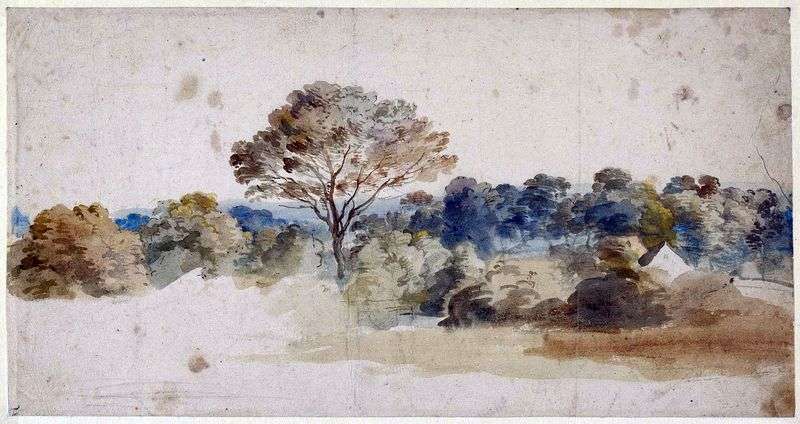 Landscape by Anthony Van Dyck
Landscape by Anthony Van Dyck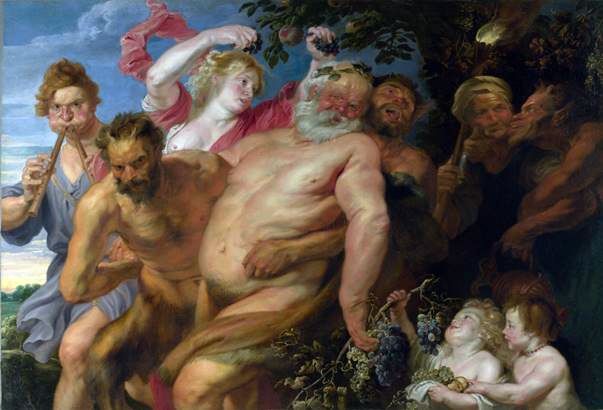 Triomphe de Silène – Anthony Van Dyck
Triomphe de Silène – Anthony Van Dyck